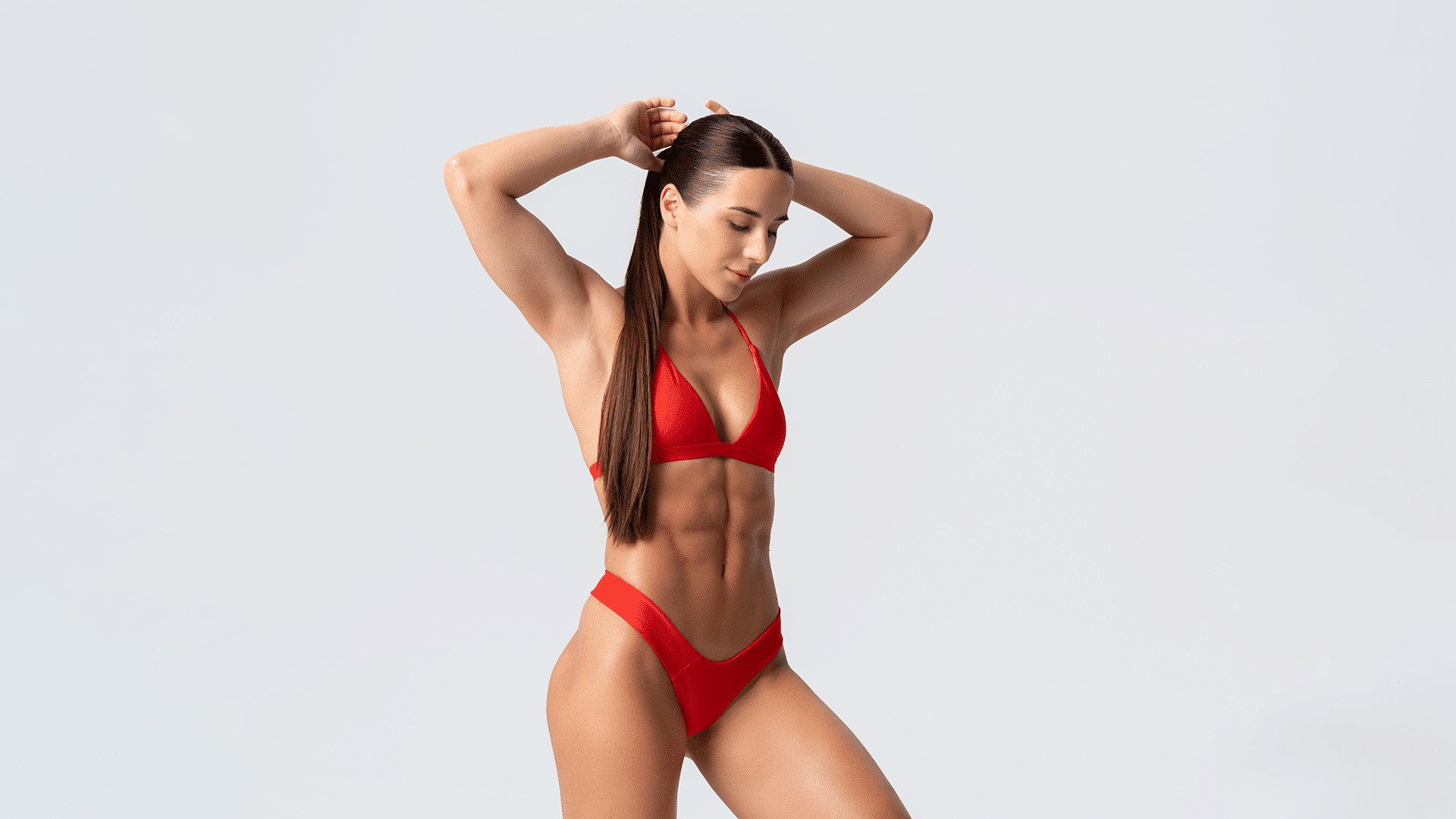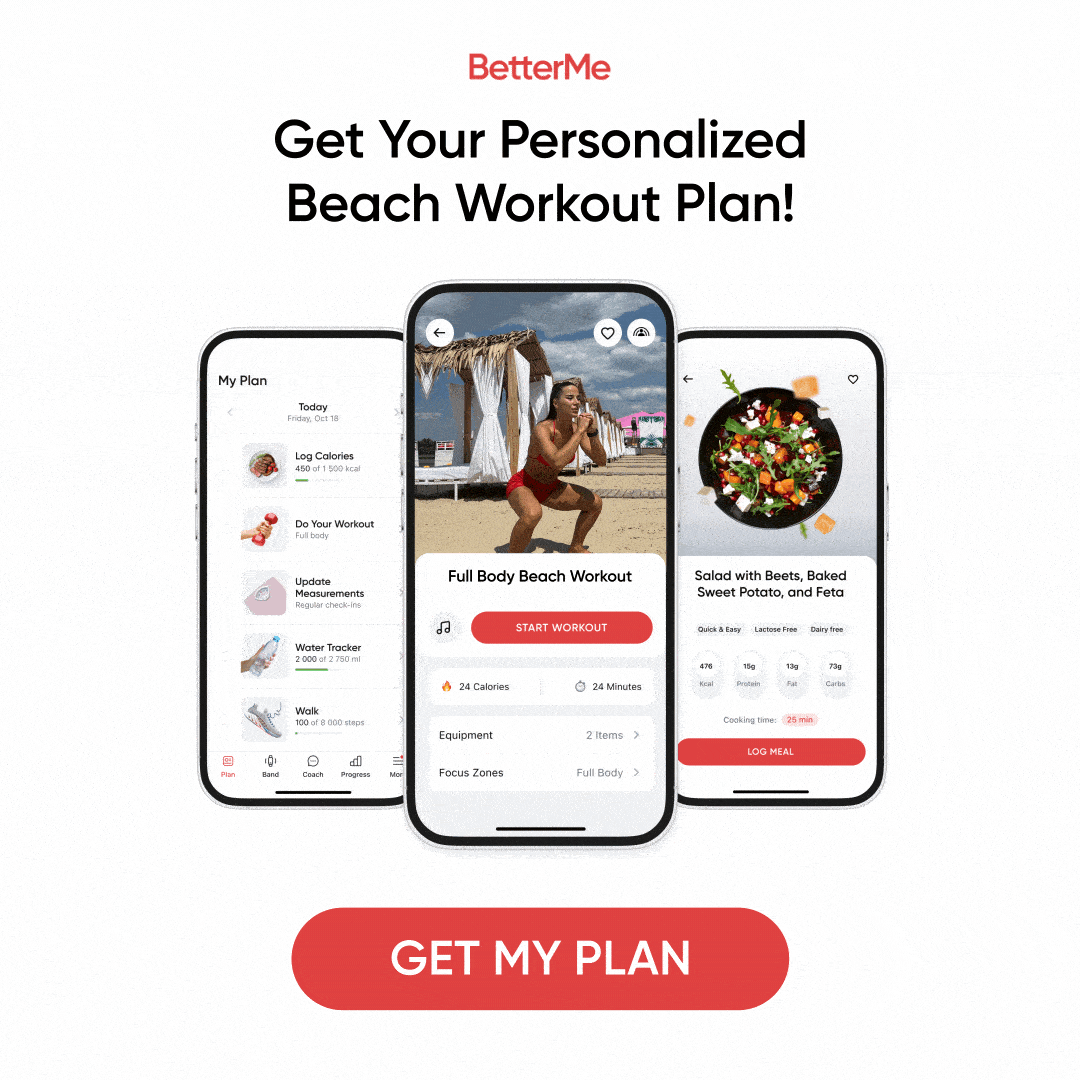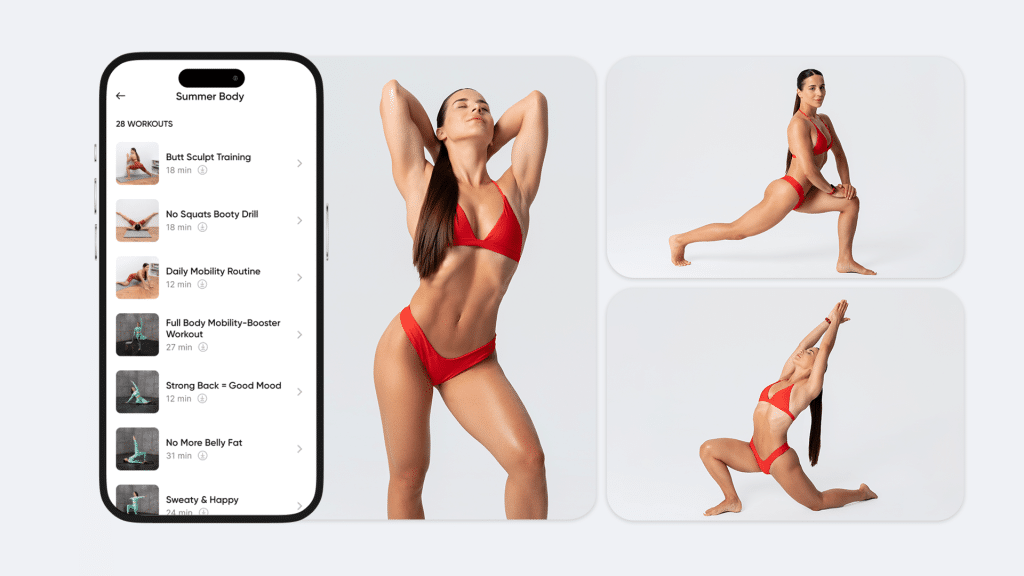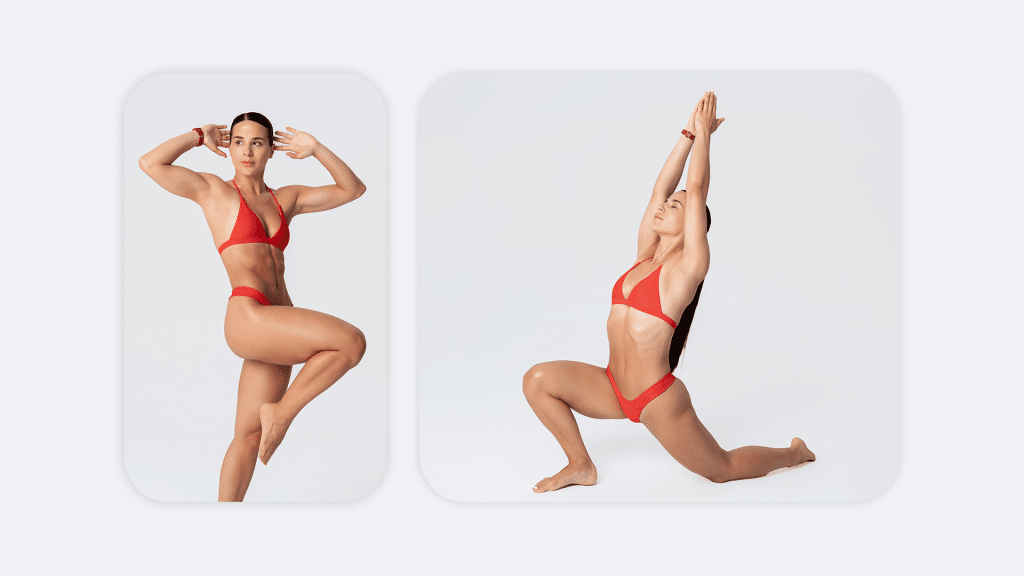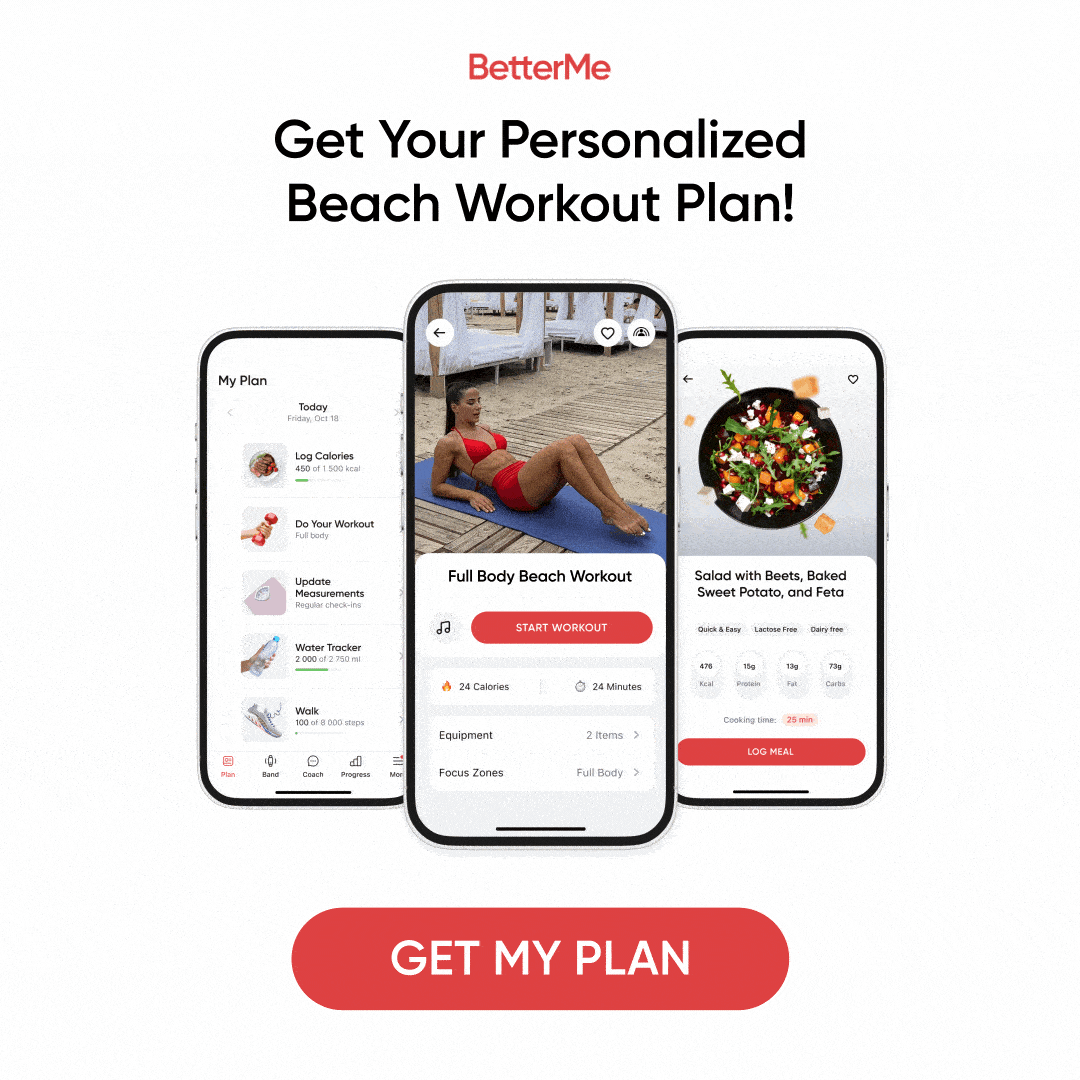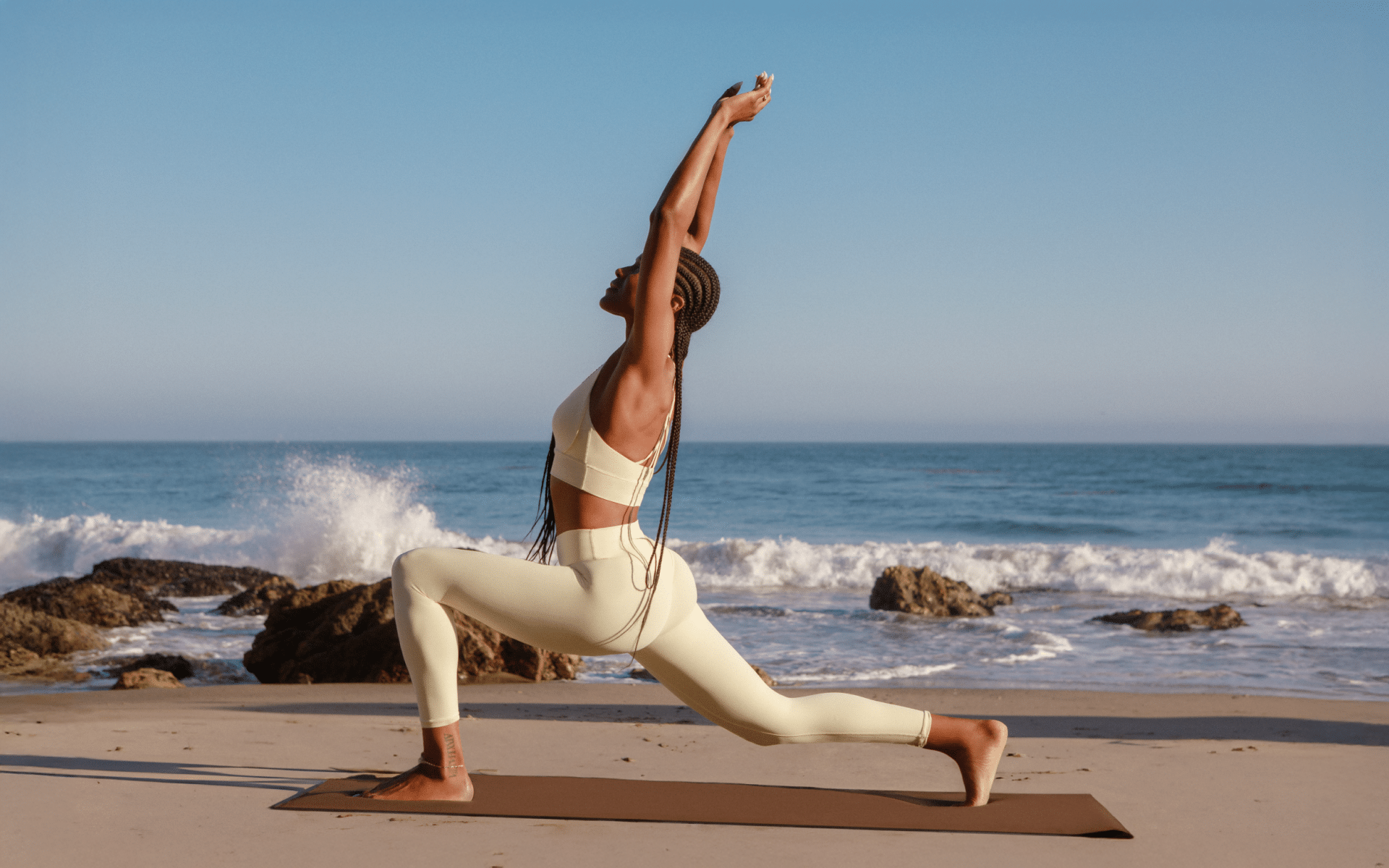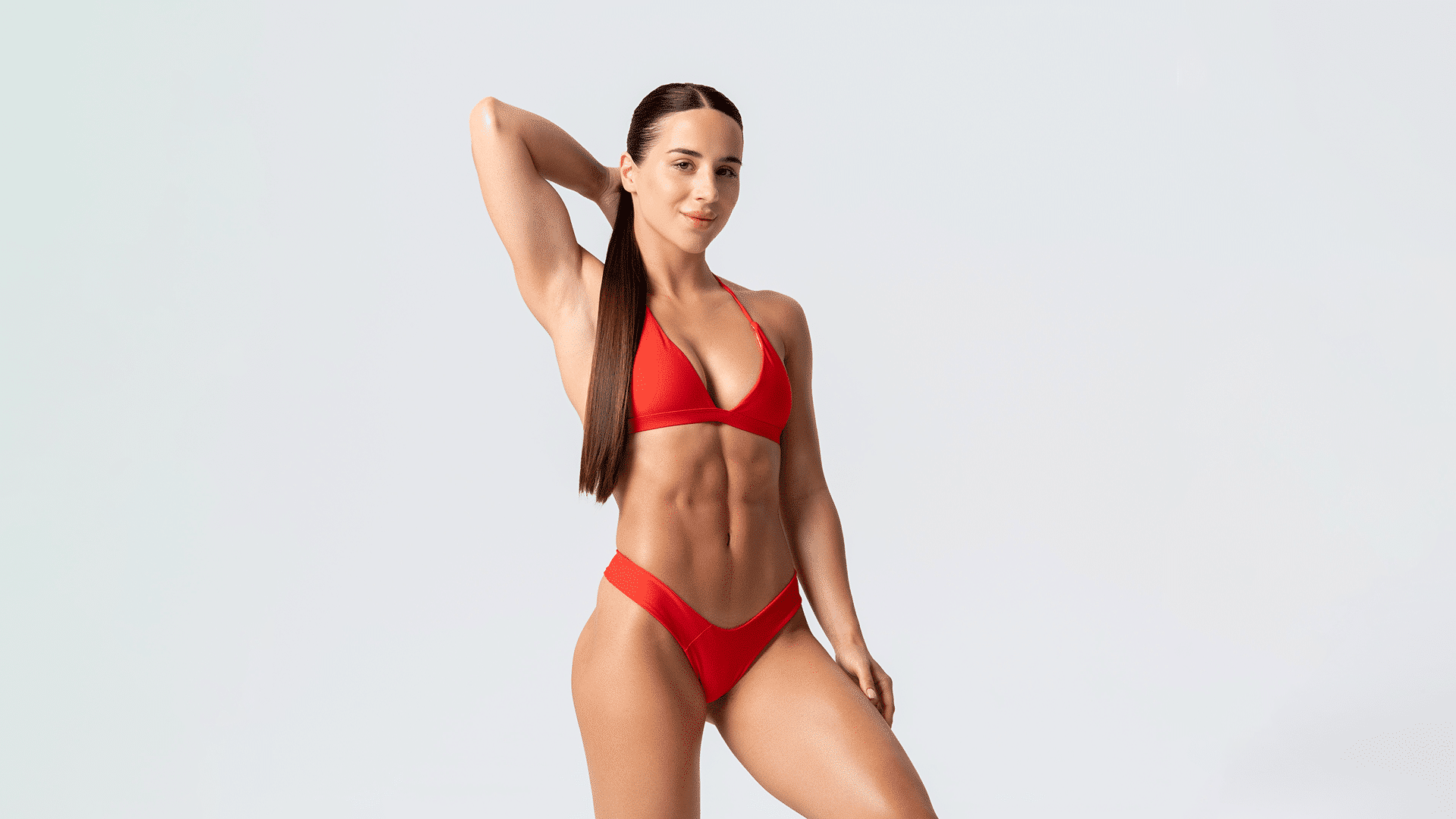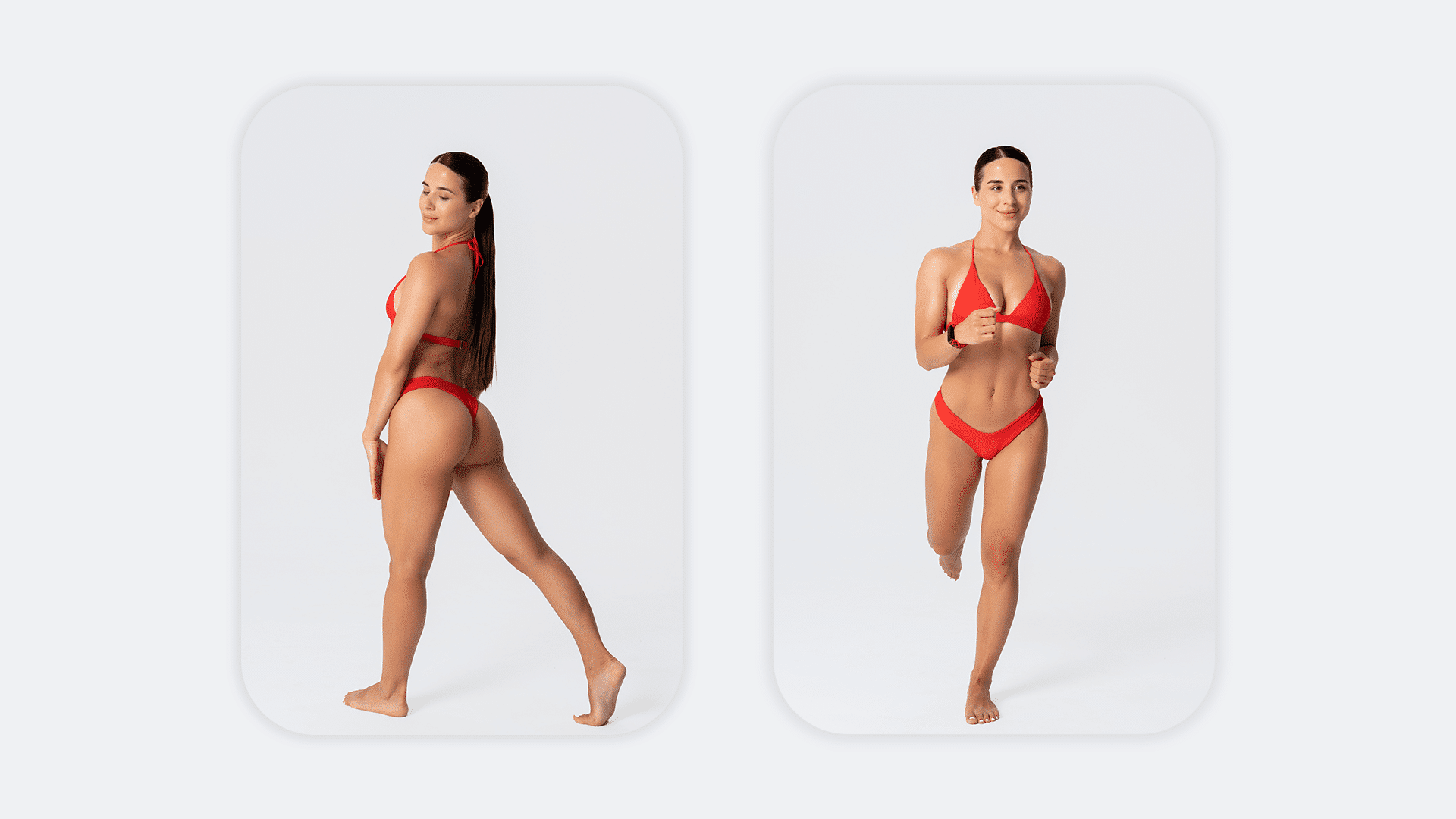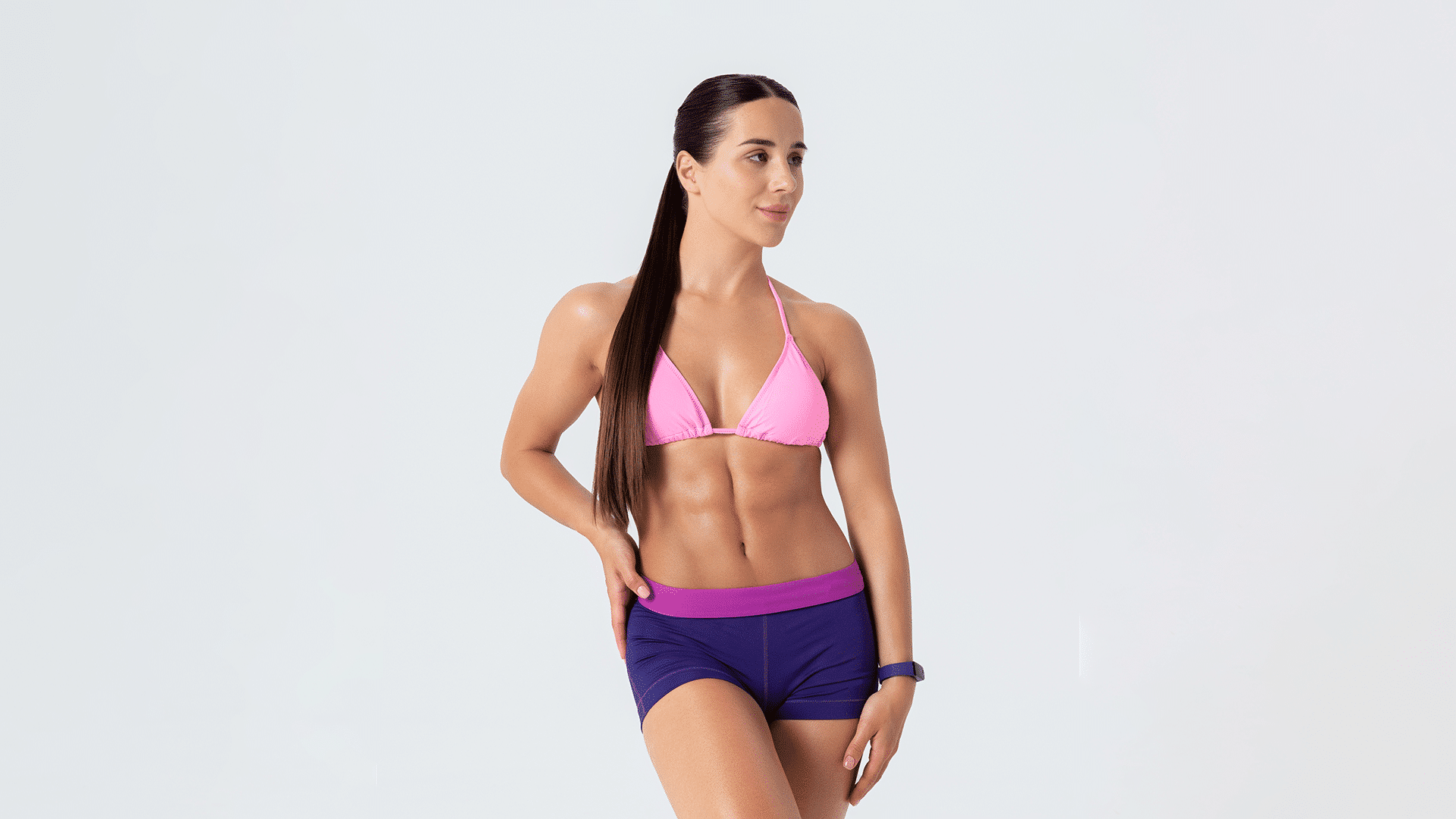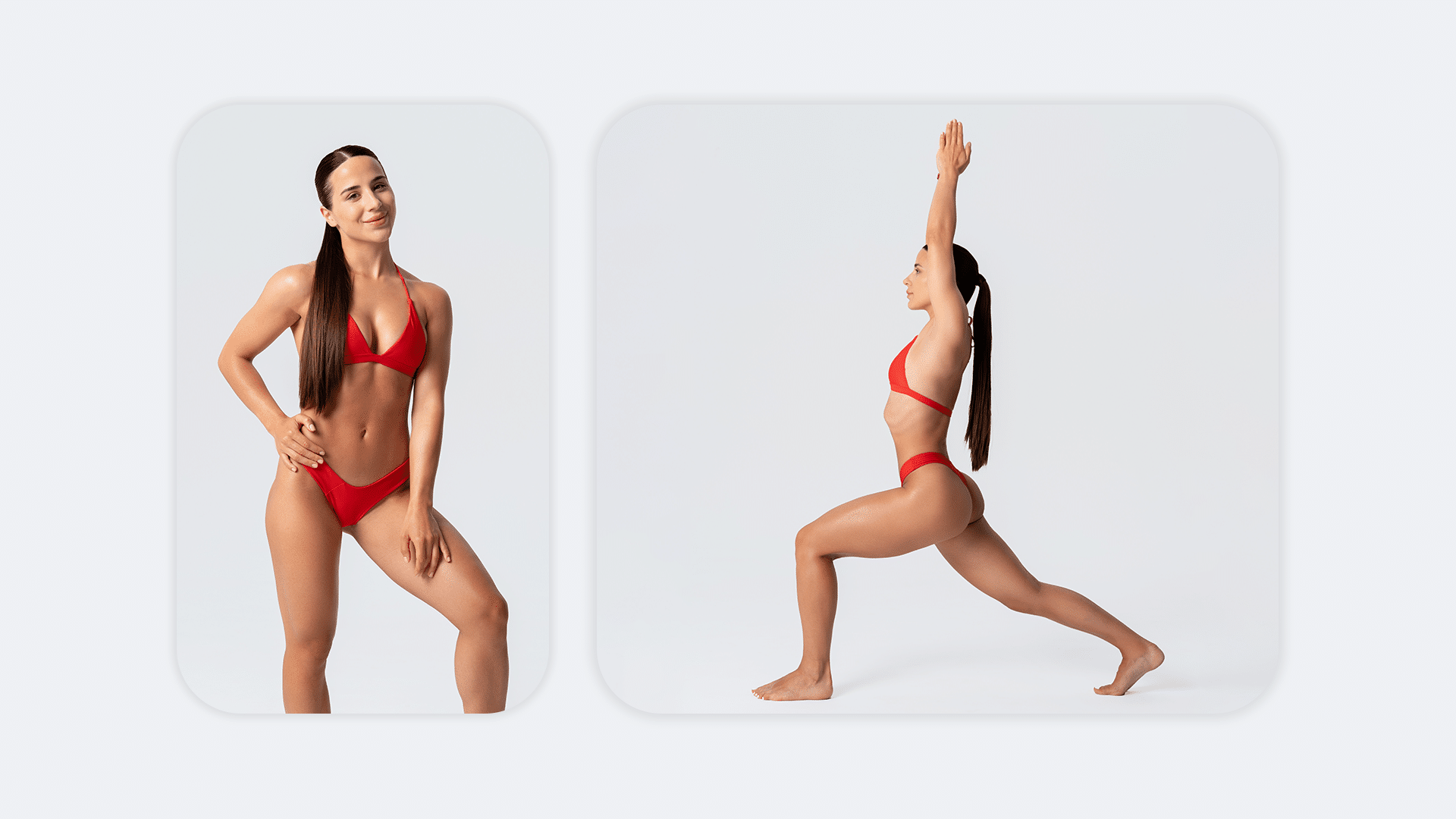Bodyweight exercises are an underrated but incredibly effective method for improving your strength, flexibility, and overall fitness. No specialist equipment is required, which makes them the ideal choice for people who prefer to work out at home or outdoors. With summer just around the corner, what could be better than a 30-minute bodyweight beach workout? The soft sand can add an extra challenge to your routine, intensify the burn, and increase the associated benefits. In addition, it’s a fantastic way to take advantage of the good weather and imbibe some vitamin D! Here is a 30-minute bodyweight beach workout for beginners that will ensure you get into shape in no time.
30-Minute Bodyweight Beach Workout
This beginner-friendly workout is designed to target the entire body, from legs and core to arms and back. In just half an hour, you’ll break a sweat, tone your muscles, and enjoy a refreshing ocean breeze.
Don’t worry if you’re a newcomer to fitness – this is the perfect routine for beginners. Every exercise can be modified to better match your current fitness level, which will allow you to push yourself at an appropriate level, helping to reduce the risk of injury that can be associated with attempting movements or training at a level not yet ready for.
So, grab your sunscreen, towel, and water bottle, and prepare to transform your beach day into a fun and invigorating workout session.
BetterMe is your fast-track ticket to a long-lasting weight loss! Tailor your fitness journey and maximize your results with just a couple of swipes!
Bodyweight Beach Workout Structure
This workout involves five different exercises, each of which should be performed for 45 seconds, followed by a 15-second rest. The circuit should be repeated three times, with a one-minute rest between each round.
Jumping Jacks
This classic warm-up exercise targets the entire body, increases your heart rate, and warms your muscles up.
- Stand straight, then jump as you spread your legs and swing your arms above your head.
- Jump back to the starting position and repeat the exercise.
Push-ups
Push-ups are great for the chest, shoulders, triceps, and core.
- Begin in a high plank position, with hands shoulder-width apart.
- Lower your body until your chest almost touches the sand, ensuring your body remains in a straight line, with your core engaged.
- Push back up to the starting position.
For an easier version, push-ups can be performed on your knees, thusly:
- Begin in a high plank position on your knees.
- Lower your body until your chest almost touches the sand. Push back up to the starting position.
To make it more difficult, the feet can be elevated. Doing this will target your upper chest and shoulders more intensively.
- Find a sturdy, elevated surface, such as a bench or step.
- Place your toes on the elevated surface, and walk your hands out until reaching a high plank position with your hands shoulder-width apart.
- Lower your body until your chest almost touches the surface, keeping your entire body in a straight line and core engaged.
- Push back up to the starting position. It is important to maintain your form throughout the movement, maintaining a straight body and not allowing your lower back to sag.
Squats
- Squats exercise your quads, hamstrings, glutes, and core.
- Stand with your feet shoulder-width apart.
- Sit back as if you were sitting in a chair, keeping your chest up and knees tracking over your toes. Return to standing.
For increased intensity, try jump squats:
- Start by standing straight with your feet hip-width apart.
- Begin squatting down as if sitting back into a chair, keeping your knees over your toes and your chest raised.
- As you reach the bottom of the squat, push off powerfully with both feet, by driving into the ground and jump straight upward.
- While in the air, maintain good form with slightly bent knees and to land softly, absorbing the force fully before moving straight into the next squat.
- Repeat the process, maintaining a steady rhythm. Ensure that your form remains consistent and controlled, even when your muscles start to become fatigued.
Read More: How Many Calories Does 100 Squats Burn?
Mountain Climbers
This full-body exercise specifically targets the core, shoulders, and hip flexors.
- Begin in a high plank position.
- Bring one knee toward your chest, then switch and bring the other knee forward as if running on the spot.
- For a less intense version, slow the pace, or to increase the difficulty, speed up.
Glute Bridges
- This is great for the glutes, hamstrings, and core.
- Lie on your back, knees bent, feet flat on the sand.
- Drive your heels into the ground and lift your hips off the ground until the knees, hips, and shoulders form a straight line.
- Squeeze your glutes at the top, before lowering your hips. Be sure to keep your rib cage pulled down with your core engaged throughout this movement.
To make it more difficult, try single-leg glute bridges:
- Lie on your back on the sand, with knees bent and feet flat on the surface. Extend your arms to the sides for stability.
- Extend one leg straight out in line with the opposite knee. Keep this leg off the ground for the duration of the exercise.
- Press your weight into the heel of the planted foot and lift your hips off the ground. Continue lifting until your body forms a straight line from the shoulders to the knee. The raised leg should lift naturally with your hips.
- Squeeze your glutes at the top of the movement before slowly lowering your hips back to the starting position.
- Perform the desired number of repetitions before switching to the other leg.
Note: Make sure to keep your core engaged and your back straight throughout this exercise, and avoid pushing your hips too high or allowing them to sag.
Reasons why BetterMe is a safe bet: a wide range of calorie-blasting workouts, finger-licking recipes, 24/7 support, challenges that’ll keep you on your best game, and that just scratches the surface! Start using our app and watch the magic happen.
Can I Get Ripped Just Doing Bodyweight Exercises on The Beach?
Yes, you can certainly get ripped simply by performing bodyweight exercises. The key is focusing on workouts that burn a lot of calories while building muscle mass simultaneously, as the more muscle mass you have, the more calories you’ll burn when resting, which can help you become leaner.
The advantages of bodyweight exercises include no equipment being required, their high adaptability to your fitness level, and the fact that they work multiple muscles at once. They are reliant on your own bodyweight for resistance and can be adjusted through variations in angle, position, and speed.
To get ripped by performing bodyweight exercises:
Progressive Overload
Gradually increase the intensity of your workouts over time, which will challenge your muscles and can elicit muscular adaptions, which lead to growth (7). This can be done by increasing the number of reps or sets, increasing time under tension, decreasing rest time, or progressing to harder variations.
High-Intensity Circuits
Circuit training with high-intensity bodyweight exercises can have both strength-building and cardiovascular benefits (6). This approach often involves the performance of a series of exercises back-to-back with little or no rest in between, as this can promote muscular endurance and support a reduction in fat mass.
Full-Body Workouts
You should incorporate exercises that target every major muscle group as a means of promoting overall muscular strength and preventing potential muscle imbalances.
Nutrition
To feed your hard-earned muscles, you must maintain a diet that supports muscle growth and fat loss (4). This typically involves consuming sufficient protein to support muscle repair and growth, in combination with a balance of carbohydrates and fats to fuel your workouts.
Rest and Recovery
Ensuring your muscles have enough time to recover is essential for growth (9). You should aim for at least one rest day per week while following a well-structured program and ensure you get plenty of sleep.
Is Bodyweight Training Better Than Cardio On The Beach?
The matter of whether bodyweight training is better than cardio isn’t necessarily an issue of superiority, and it is often dependent on a person’s individual fitness goals and preferences.
Bodyweight Training
Bodyweight exercises are primarily focused on strength training. They use your own body weight as resistance to work your muscles. This type of training can help increase muscle mass, improve balance, enhance flexibility, and boost functional strength, which can have a direct positive impact on the performance of everyday activities. (8)
Bodyweight training also has cardiovascular benefits, particularly if your workout is structured in a circuit format with minimal rest periods. This will keep your heart rate elevated and provide a cardio-like effect. In addition, the more muscle mass you have, the more calories you will burn at rest, which can further help with weight management or loss (8).
Cardio Training
Cardiovascular exercises, such as running, cycling, or swimming, primarily target the heart and lungs, which improve the body’s ability to deliver oxygen around the body and to muscles. Regular cardio can also effectively support and promote weight loss as it can contribute to the total calories burnt per session (3).
There are also numerous health benefits associated with regular cardio training, including lower blood pressure, improved mood, improved quality of sleep, and a reduction in the risk of developing chronic diseases such as cardiovascular disease (3).
However, unlike bodyweight training, traditional cardio is not effective for building muscle mass. Excessive cardio without adequate strength training could result in a decrease of muscle mass over time.
So, is bodyweight training better than cardio?
- If your goal is gaining muscle, improving functional strength, or achieving a simultaneous strength and cardio workout, bodyweight training may be the way to go.
- If your aim is improving endurance, supporting weight loss, or enhancing your cardiovascular health, you may prefer cardio.
Ideally, to achieve the best results, a well-rounded fitness routine should include both strength training (such as bodyweight exercises) and cardio.
How Can I Get a Beach Body Without Exercise?
Achieving a so-called “beach body” without exercise is challenging, but not impossible. It primarily involves changing your diet and lifestyle. Here are some strategies worth considering:
Healthy Eating
This is perhaps the most important factor. Try to consume a balanced diet that is rich in lean proteins, fruits, vegetables, and whole grains. Cut down your intake of processed foods, sugary drinks, and unhealthy fats. Portion control and adequate serving sizes of key food groups are also essential to support optimal health and sustainable weight loss (4).
Stay Hydrated
Drinking plenty of water can help manage hunger, improve digestion, and boost your metabolism (11). Sometimes, our bodies confuse thirst for hunger, so remaining hydrated may prevent overeating.
Get Enough Sleep
A lack of sleep can disrupt your metabolism and increase unhealthy food cravings. You should aim for 7-9 hours of quality sleep each night (5).
Read More: The Best Sleep Tricks For People Who Struggle To Fall And Stay Asleep
Reduce Stress
High stress levels can result in weight gain or make losing weight more difficult (10). Practice stress-management techniques such as meditation, deep breathing, yoga, or any other relaxing activity.
Limit Alcohol
Alcoholic beverages are often highly calorific, can halt fat burning in the body, and increase cravings and consumption of energy-dense foods, which in turn can lead to increased fat storage (1).
Quit Smoking
While smoking can pose as a weight control method in some individuals, it can also be associated with obesity, amongst others. Quitting smoking can lead to a slight increase in weight for some individuals. However, there are many other health benefits to quitting smoking (2).
Frequently Asked Questions
What Are the Disadvantages of Bodyweight Beach Workouts?
Although bodyweight training offers several benefits, it has some limitations. One of the main disadvantages is that achieving progressive overload (a key principle for muscle growth) without adding weight can be difficult. This may limit strength and size gains over time, once a certain point has been reached
In addition, bodyweight exercises may not be as effective as weighted exercises in terms of targeting specific muscle groups. Performing certain exercises correctly without initial guidance or instruction can be challenging and if not performed correctly, could increase injury risk.
What Happens if I Only Do Bodyweight Exercises?
If you only do bodyweight exercises and neglect other training forms, you may experience certain drawbacks. Bodyweight training can build strength and endurance, but it is limited in its ability to progressively overload muscles to further increase strength and size.
Over time, you may reach a plateau if you do not incorporate a variety of exercises that evenly target every muscle group. However, an all-bodyweight routine is still better than no exercise at all, and it can yield significant fitness benefits if performed correctly.
Can You Build Mass With Bodyweight?
Yes, you can build mass through bodyweight exercises. However, it would require enough volume (amount of sets and repetitions), as well as an appropriate stimulus to elicit muscular adaptations. Eating a diet with sufficient protein, carbohydrates, and overall calories to support muscle growth and repair is also essential.
The key to gaining mass through bodyweight exercises is consistently challenging your muscles by varying your workouts, increasing intensity, and minimizing the rest time between sets.
The Bottom Line
Our 30-Minute Bodyweight Beach Workout for Beginners is a perfect mixture of cardio and strength training and is designed to help you achieve your fitness goals. No equipment is required, just determination and a beautiful beach backdrop!
DISCLAIMER:
This article is intended for general informational purposes only and does not serve to address individual circumstances. It is not a substitute for professional advice or help and should not be relied on for making any kind of decision-making. Any action taken as a direct or indirect result of the information in this article is entirely at your own risk and is your sole responsibility.
BetterMe, its content staff, and its medical advisors accept no responsibility for inaccuracies, errors, misstatements, inconsistencies, or omissions and specifically disclaim any liability, loss or risk, personal, professional or otherwise, which may be incurred as a consequence, directly or indirectly, of the use and/or application of any content.
You should always seek the advice of your physician or other qualified health provider with any questions you may have regarding a medical condition or your specific situation. Never disregard professional medical advice or delay seeking it because of BetterMe content. If you suspect or think you may have a medical emergency, call your doctor.
SOURCES:
- Alcohol and weight gain (2022,nih.gov)
- Cigarette Smoking, Nicotine, and Body Weight (2011,nih.gov)
- Cardiovascular Effects and Benefits of Exercise (2018,nih.gov)
- Dietary advice for muscularity, leanness and weight control in Men’s Health magazine: a content analysis (2014,nih.gov)
- Get Enough Sleep (2023,health.gov)
- Functional High-Intensity Circuit Training Improves Body Composition, Peak Oxygen Uptake, Strength, and Alters Certain Dimensions of Quality of Life in Overweight Women (2017,nih.gov)
- Progression of volume load and muscular adaptation during resistance exercise (2014,nih.gov)
- Resistance training – health benefits (2022,betterhealth.vic.gov.au)
- The effect of rest days on injury rates (2011,nih.gov)
- The impact of stress on body function: A review (2017,nih.gov)
- The importance of hydration (2017,nih.gov)
